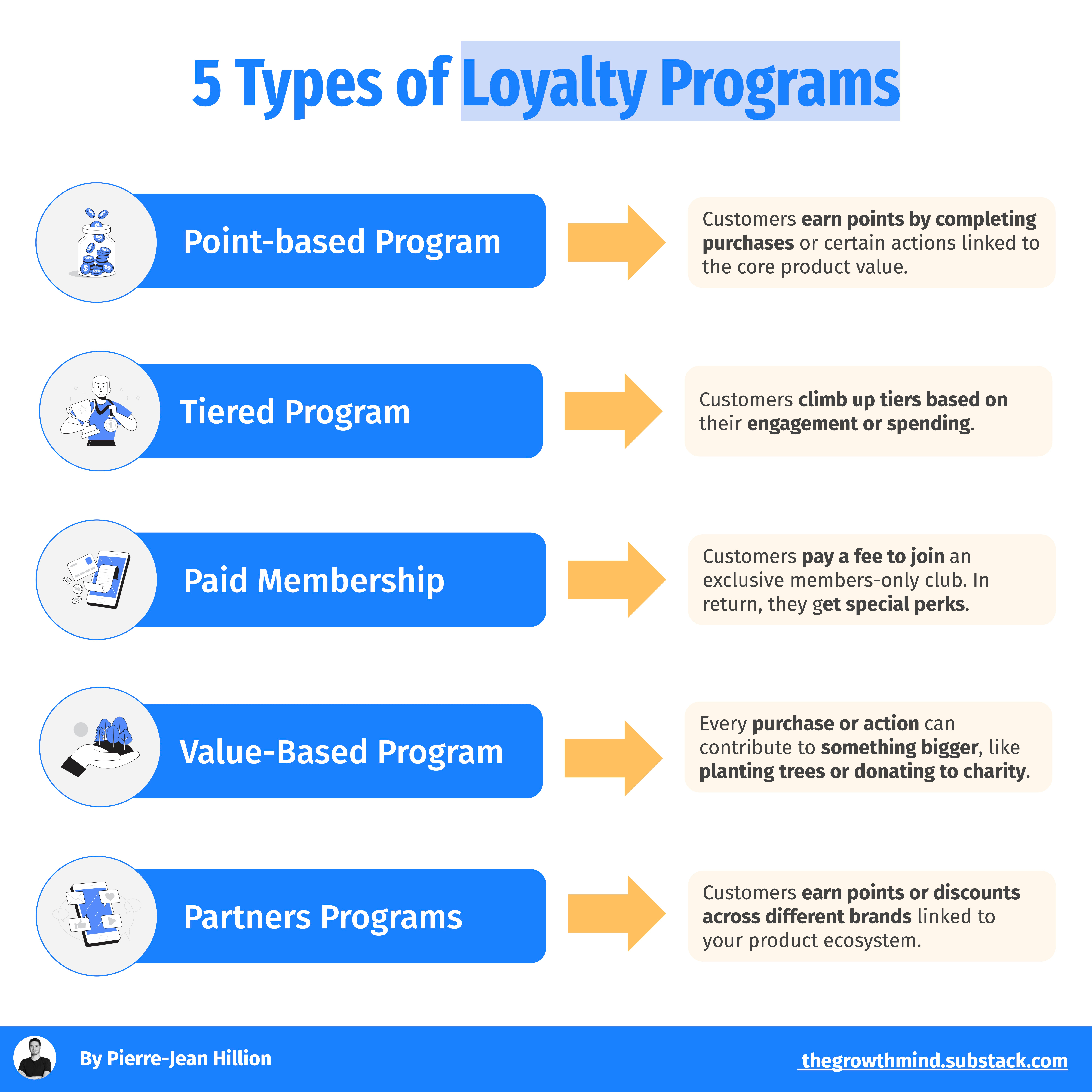The Hookup Doctor's Guide
Navigating the world of modern dating and relationships.
Loyalty Scoring Algorithms: The Secret Sauce Behind Customer Devotion
Unlock the magic of loyalty scoring algorithms and discover how they drive unparalleled customer devotion and boost your business success!
Understanding Loyalty Scoring Algorithms: How They Drive Customer Retention
Loyalty scoring algorithms have become essential tools for businesses looking to enhance customer retention strategies. These algorithms analyze a variety of customer data points, including purchase frequency, transaction amounts, and engagement levels, to assign a score that reflects a customer's loyalty to the brand. By leveraging this data, companies can identify their most valuable customers and tailor their marketing efforts to further engage these individuals. The result is not only a more personalized experience for customers but also an increased likelihood of repeat business.
In understanding how these algorithms work, it's crucial to recognize the factors that contribute to a customer's loyalty score. Many loyalty scoring algorithms utilize a weighted system, where specific actions such as referrals, social media sharing, or participation in loyalty programs carry more weight than standard purchases. This approach not only helps in assessing customer behavior but also aids in devising targeted strategies that foster customer loyalty. By consistently analyzing and adjusting these scores, businesses can create dynamic marketing strategies that evolve in tandem with their customer base, leading to enhanced customer retention and improved bottom-line results.

Counter-Strike is a highly popular tactical first-person shooter game that pits two teams against each other: the Terrorists and the Counter-Terrorists. Players can engage in various game modes, from classic bomb defusal to hostage rescue scenarios. For those looking to maximize their experience, you can find exclusive offers with a duel promo code to enhance your gameplay.
The Science of Customer Loyalty: Algorithms That Keep Your Clients Coming Back
Understanding the science of customer loyalty is crucial for businesses looking to thrive in competitive markets. At the heart of this concept lies data-driven algorithms that analyze customer behavior, preferences, and purchasing patterns. By leveraging machine learning and artificial intelligence, businesses can identify key factors that contribute to customer retention. For instance, algorithms can analyze the frequency of purchases, time spent on a website, and customer feedback to personalize marketing strategies. This tailored approach not only enhances the customer experience but also boosts the chances of repeat purchases.
Moreover, companies are increasingly using loyalty programs powered by sophisticated algorithms to foster customer engagement. These programs often employ predictive analytics to anticipate customer needs and offer targeted rewards that resonate with their preferences. For example, by analyzing data, a business can determine which products a customer is likely to buy next and offer enticing discounts or exclusive offers on those items. This not only reinforces the relationship between the brand and the customer but also cultivates a sense of belonging, ultimately ensuring that clients keep coming back.
What Makes a Loyalty Scoring Algorithm Effective? Key Factors to Consider
To create a loyalty scoring algorithm that effectively measures customer engagement and retention, it's essential to consider several key factors. First, the algorithm must incorporate a variety of customer interaction metrics, such as purchase frequency, average transaction value, and engagement with marketing campaigns. By analyzing these metrics, businesses can gain a comprehensive view of customer behavior and identify their most valuable clients. Additionally, the algorithm should be adaptable, allowing for real-time updates that reflect changing consumer patterns and preferences.
Another crucial element of an effective loyalty scoring algorithm is the ability to segment customers based on their scores. This segmentation enables businesses to tailor marketing strategies and rewards to different customer groups, enhancing the overall customer experience. Moreover, incorporating predictive analytics within the algorithm can aid in identifying potential churn risks, allowing businesses to implement proactive measures to retain at-risk customers. Ultimately, a well-designed loyalty scoring algorithm not only boosts customer satisfaction but also drives long-term profitability.